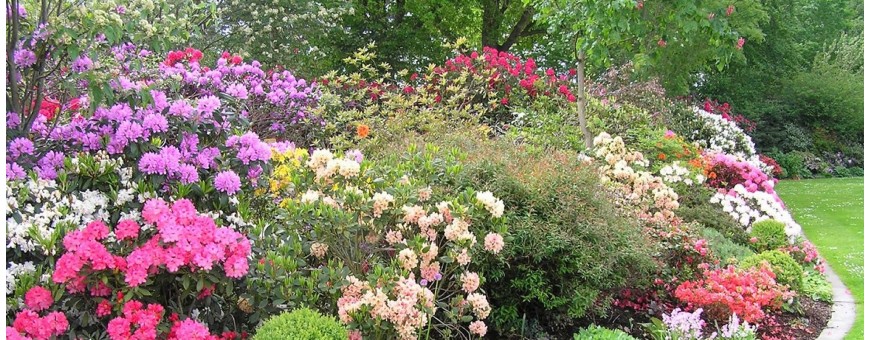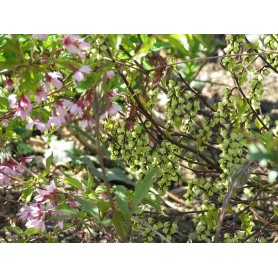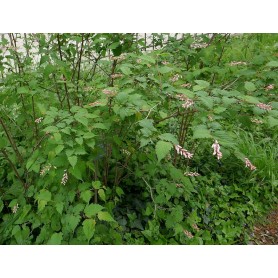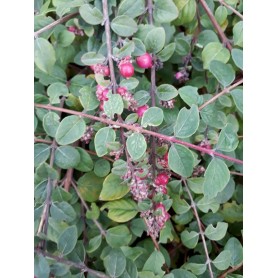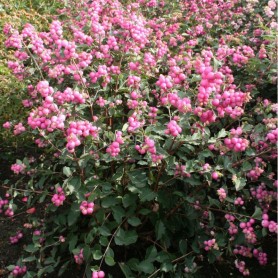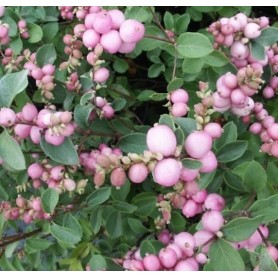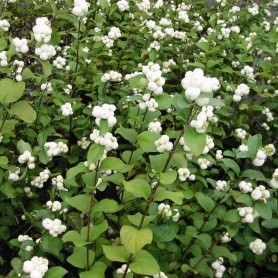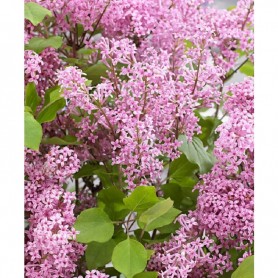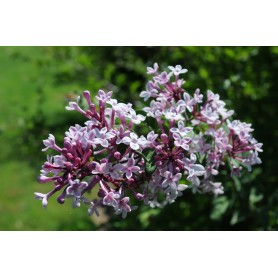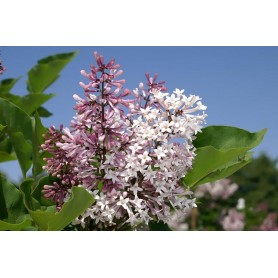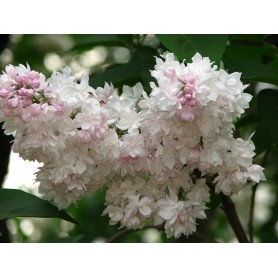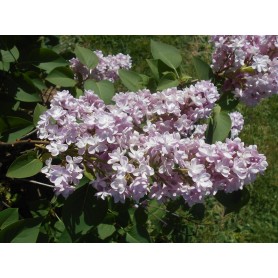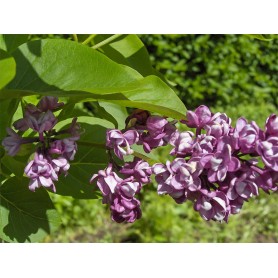Stachyurus chin. 'Celina'
Stachyurus chinensis "celina" is called tailless in Dutch. It is a medium-sized, multi-stemmed shrub with a round upright shape. The mother plant is in the arboretum of Kalmthout. This plant is mainly notable for its special inflorescence. From the end of February to April, the tail spike blooms with striking, light yellow flowers in up to 25 cm long, axillary racemes. The leaves are ovate to lanceolate, medium green in color and have a beautiful orange-red autumn colour. Stachyurus likes a position in partial shade or filtered sunlight and prefers slightly moist soil. It is reasonably hardy, tolerates pruning well, attracts bees and insects and has few problems with diseases or vermin.
€9.28


